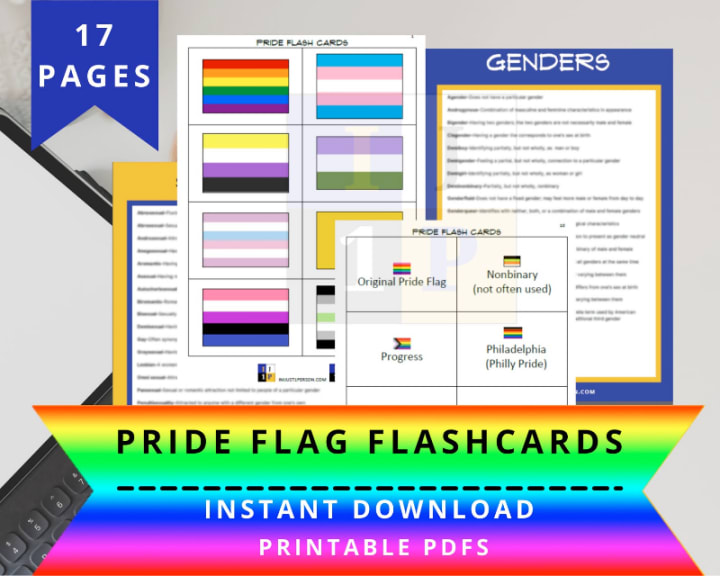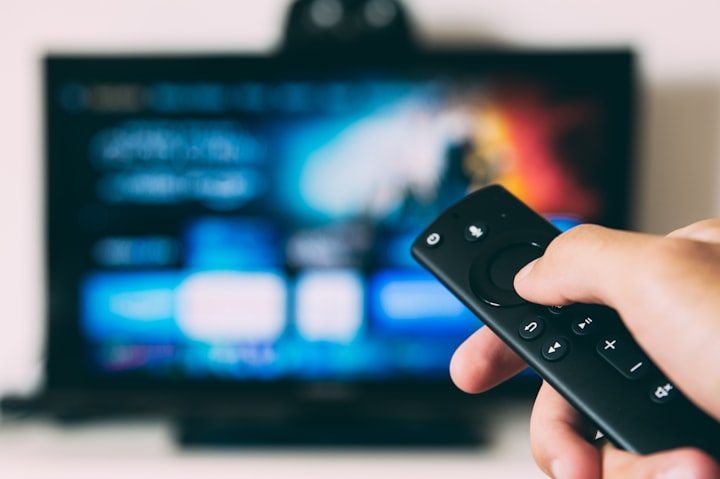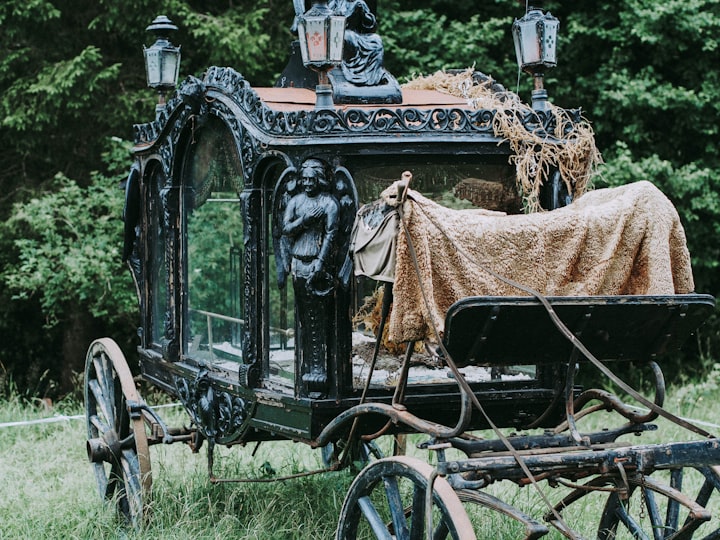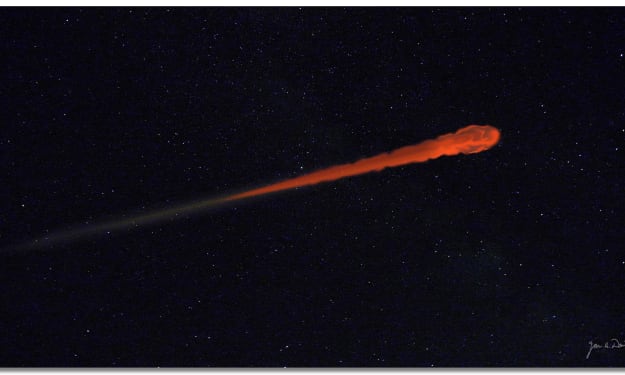Why Are There So Many Different Pride Flags?
Going beyond the rainbow pride flag

I’m just 1 person who loves how many different pride flags exist. Most everyone is familiar with the rainbow pride flag, which serves as a central symbol for the LGBTQ+ community. But there are dozens more representing different genders, sexualities, and subcommunities. There have also been a number of different versions of the rainbow flag over the years. Why are there so many? The short answer is: because we want everyone to feel seen and represented. But there’s more to it than that. Every flag the LGBTQ+ community uses has meaning.
The Original Rainbow Flag
The pink triangle was a symbol used within the gay community for decades. Like the word “queer,” it is an excellent example of reappropriation, taking something negative and making it good, because pink triangles were used by Nazis to label and identify gays during WWII. Politician and activist Harvey Milk decided the community needed a more positive symbol with which to identify and commissioned an activist and artist named Gilbert Baker to create that.
The result was the original rainbow pride flag, created in 1978. It featured eight colorful stripes, each with its own meaning:

Gilbert Baker chose the rainbow as a symbol because it represented the diversity of the LGBTQ+ community, because it came from nature, and because it was a familiar symbol for many. In his memoir, he tells us that it’s in the Bible. It is the symbol of hope and healing that appears after the great flood. He explains that it is also a symbol in many cultures around the world, found in Chinese, Egyptian, and First Nation histories, to name a few.
Pink fabric was soon difficult to find, and because parade organizers in San Francisco apparently wanted an even number of stripes (I respect that decision), turquoise was dropped as well. The result is the pride flag with which many of us are familiar today.
There have been different versions of this flag over the years, blending it with country flags or other symbols, but the rainbow is an unmistakable symbol to represent pride and the acceptance of the LGBTQ+ community. In 2017, Philadelphia added two new stripes to the top of the rainbow flag to specifically include the Black and Brown members of the community. The black stripe often represents diversity and the brown represents inclusivity.
You might also have seen the progress rainbow flag, which adds colors from the transgender flag and also has arrow imagery to represent moving forward and making progress toward equality for all.

So Many More Flags
At a pride parade or festival, you might see many other flags. Each flags stripes have symbolic meaning as well, such as the transgender flag with traditional blue and pink colors used to represent boys and girls and white to represent the process or state of transitioning. Here are just a few examples:

I’ve been asked many times why there need to be so many different pride flags, and I have two answers for this. First, we look back to the reason the rainbow pride flag was created in the first place. Throughout human history, humans gravitate toward symbols and imagery that represent who we are. Flags on a battlefield or crests on shields identify us. They give us something to rally behind or to display to show the world what we’re proud of. So having a flag that is specific to each identity can make those individuals feel special and visible.
Second, they allow us to find our people. If I have flags that represent me and then see someone with those same flags, I immediately know that person and I have something in common. We might have similar experiences or similar perceptions of ourselves within culture or society. We have a shared vocabulary and no need to explain or define terms that other people might not understand. It’s a visual shorthand to help you find others like you.
There is a third response I don’t often give to people, however, because it’s hard to put into words the feelings of excitement and kinship I feel when I see someone with the same pride flag, especially when it’s a rare or obscure one. Being queer can feel lonely or isolating in a heteronormative society fixated on gender binaries. And to know there’s someone else who is like you in that way drives that loneliness and isolation away. Even if you don’t interact with the person, just knowing you’re not alone is sometimes the best feeling ever.
When I was still new to embracing my asexuality, I spotted a car with an ace flag bumper sticker. The owner of the car had a similar commute, and I would see the car on the road to work several times a week. I never interacted with the driver, but just seeing that flag made me know there were others out there in the world who understood what I was going through. After a few weeks, I got the courage to put an ace flag bumper sticker on my own car, and I hoped that the driver of that car spotted it, as we were next to each other in slow traffic for more than a year. I’ve had experiences where people notice my black ace ring as well and comment about it, or I make a comment about one I notice them wearing. It’s a symbol most people don’t know or would recognize, but it’s meaningful for those of us who do know it. We can use it to connect with each other or to know that we’re not alone in the way we feel.
Want to learn to identify the most common pride flags? I’ve got you covered in this set of instantly downloadable Pride Flag Flashcards. The set features 56 different pride flags and a handy guide to help you understand the meanings of any genders or sexualities with which you might not be familiar.

About the Creator
Kate McDevitt
Just like the creations I build out of LEGO bricks or the stories I create on the page, I am constantly working on building a life and figuring out how to adult. I'm Just 1 Person Blog: http://imjust1person.com






Comments
There are no comments for this story
Be the first to respond and start the conversation.